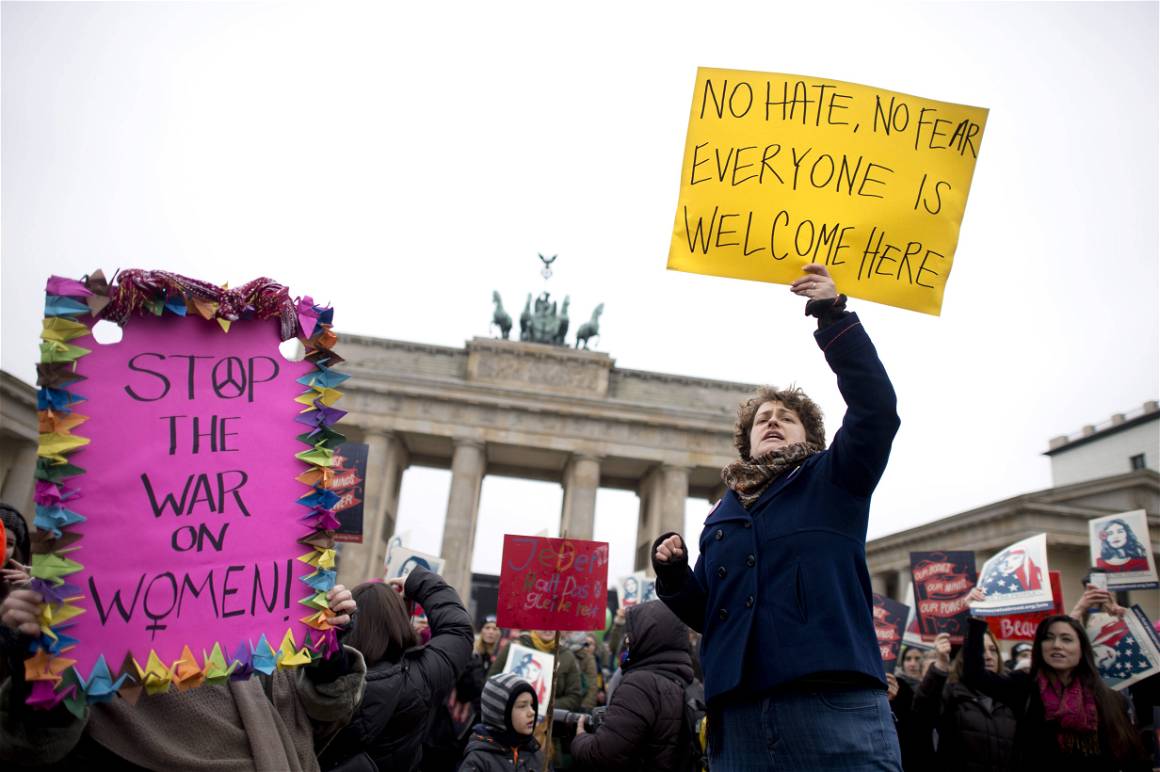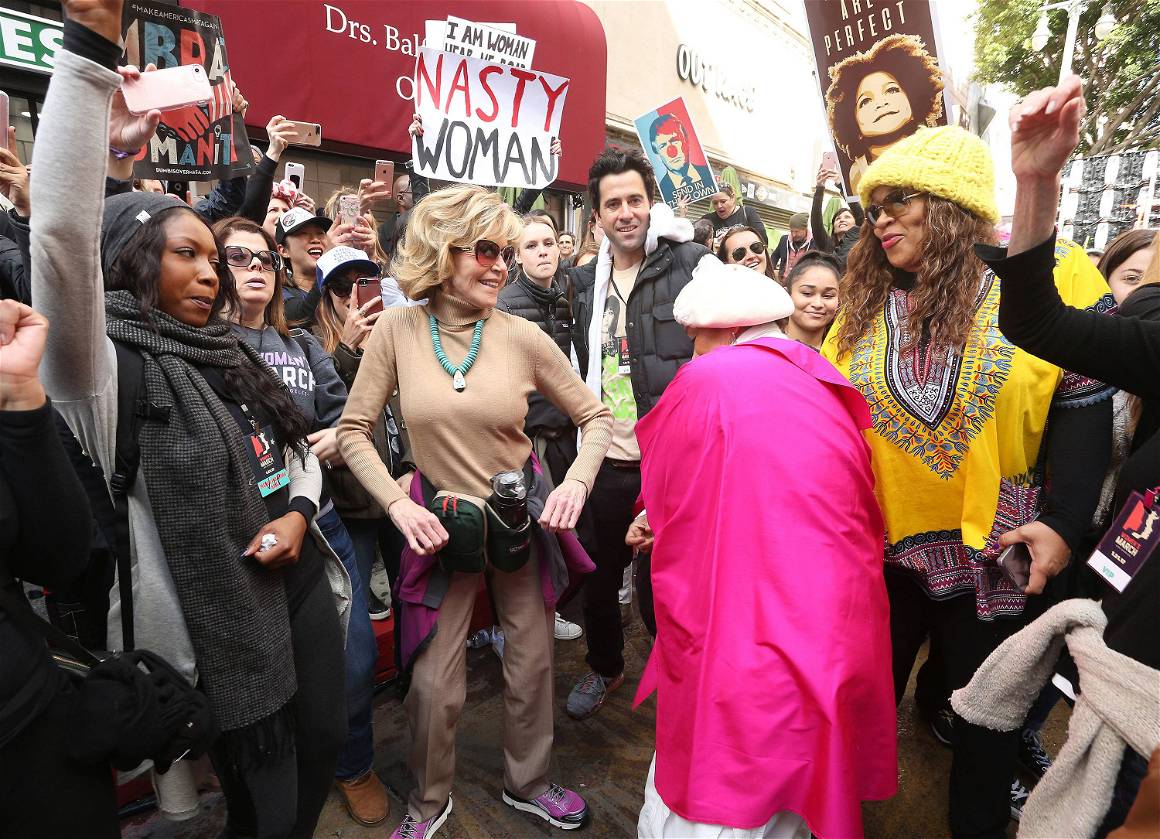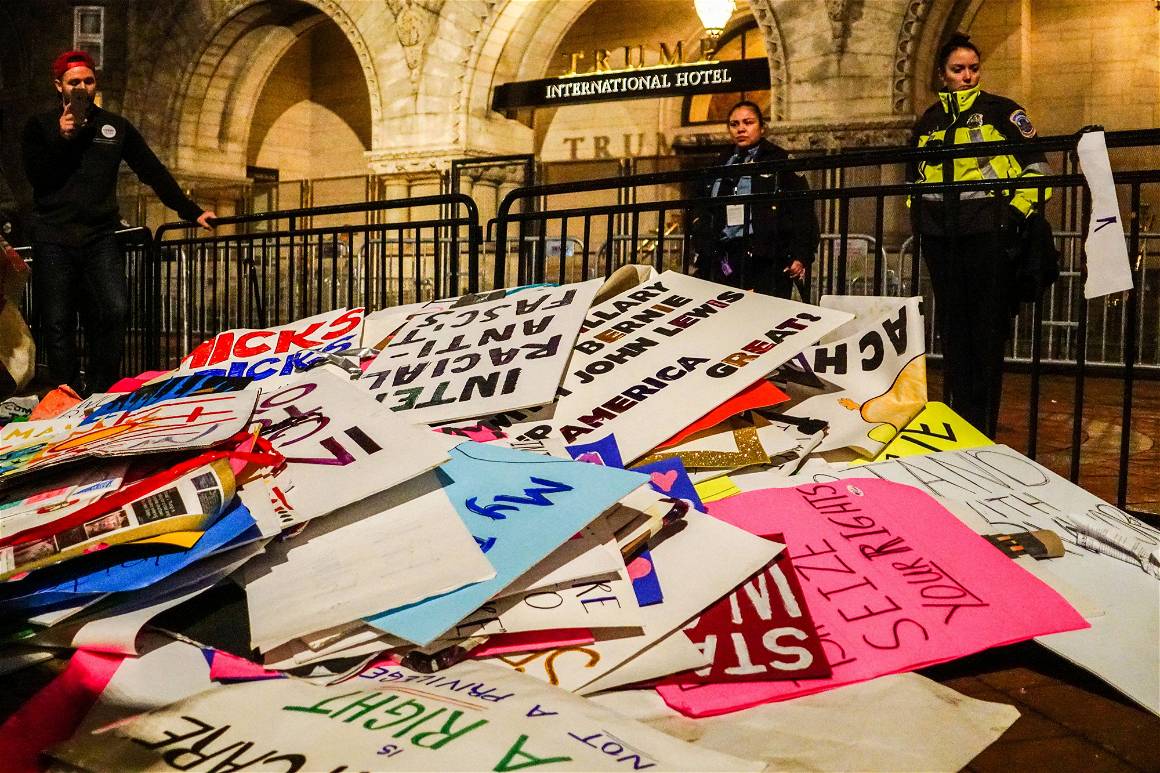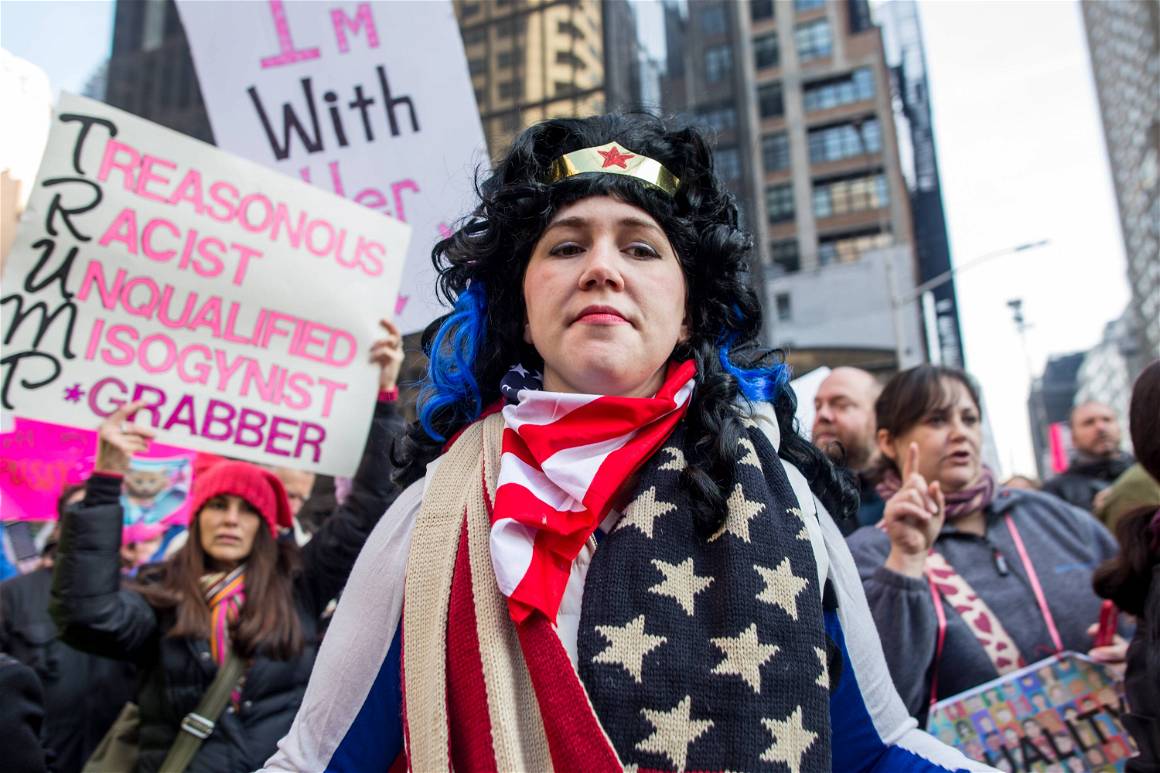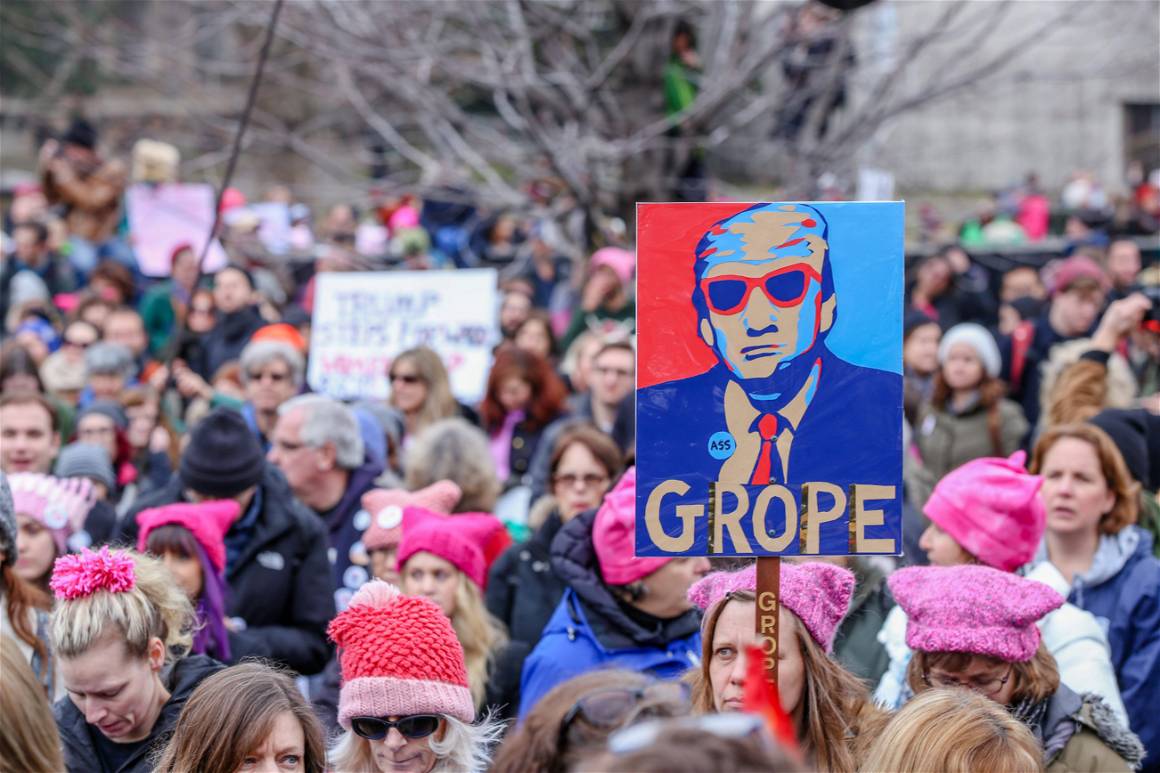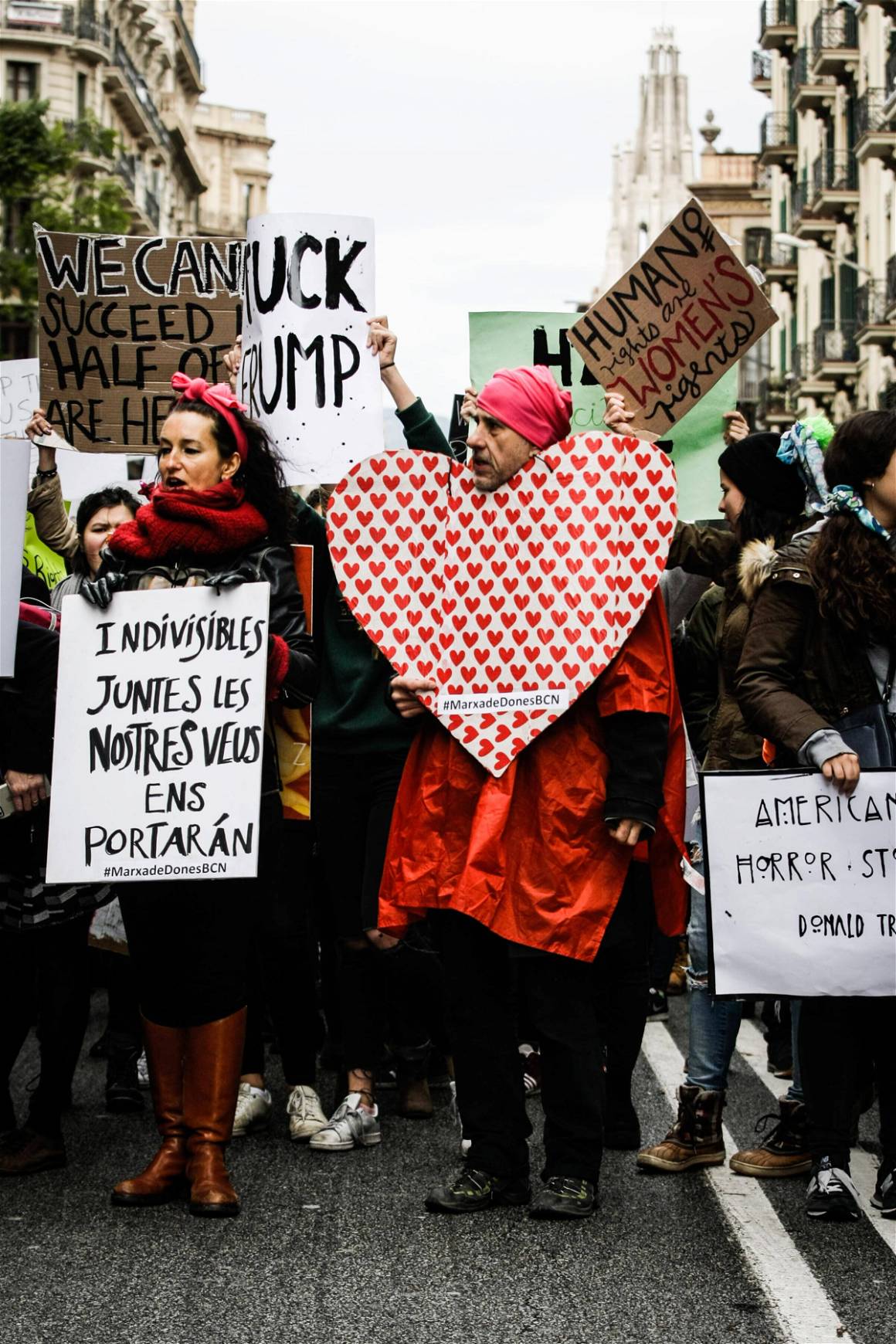Today is International Women’s Day and this year’s theme is #BreakTheBias with marches scheduled across the globe – but none will compare to the 2017 Women’s March. Although flawed, its impact on society’s relationship to activism can still be seen today. With IMAGO’s photographers capturing the march from different corners of the world, we look back at the lessons learned in 2017.
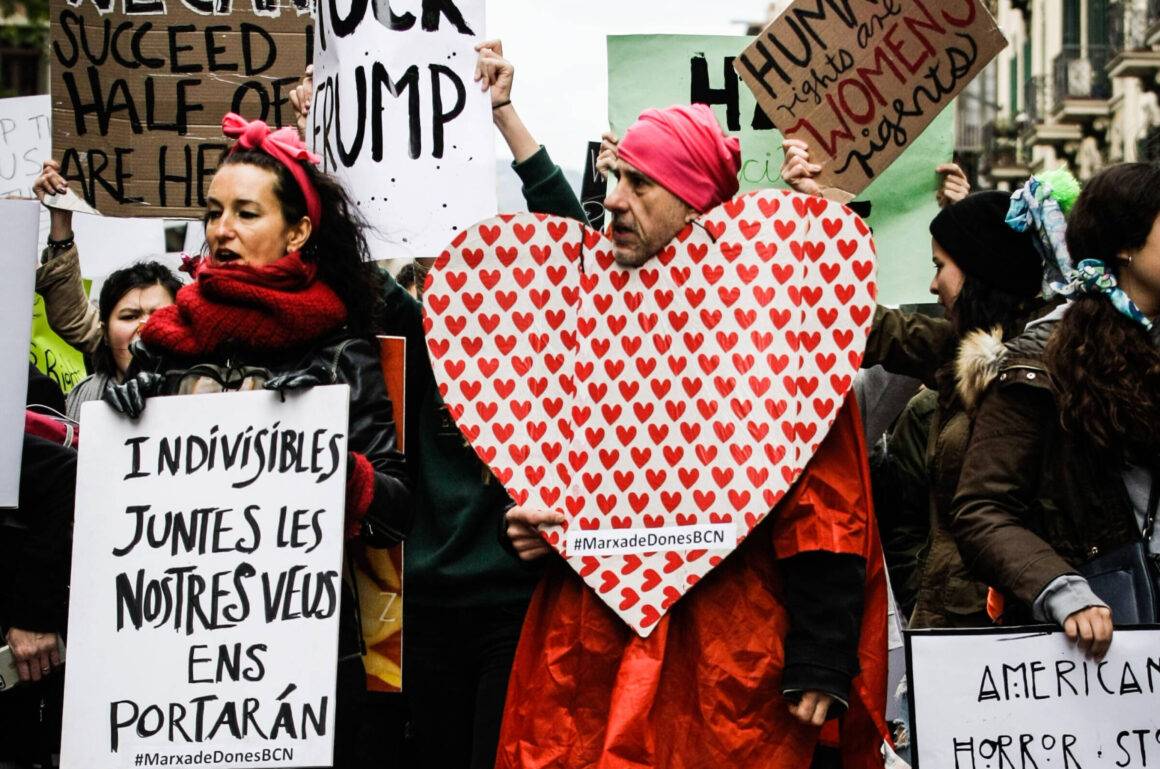
International Women’s Day: Mainstream Activism and what we learned from the 2017 Women’s March.
Its execution was flawed and confusing at worst, inspiring and monumental at best – the lack of a clear and intersectional message, but the ability to shock the world with an estimated seven million in global attendance, made the 2017 Women’s March a staple in history. Looking forward as phenomena like the death of George Floyd, the COVID-19 Pandemic and the war in Ukraine have brought similar masses to the streets, mainstream activism has returned to being a new-norm.
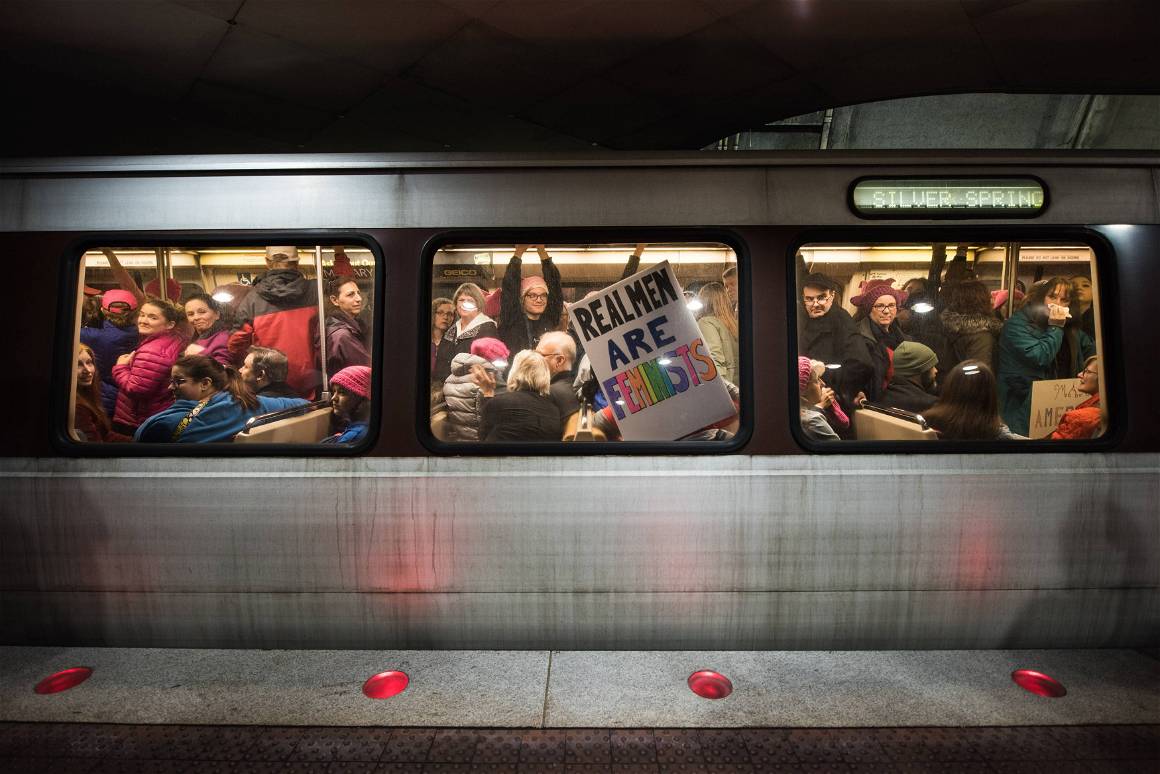

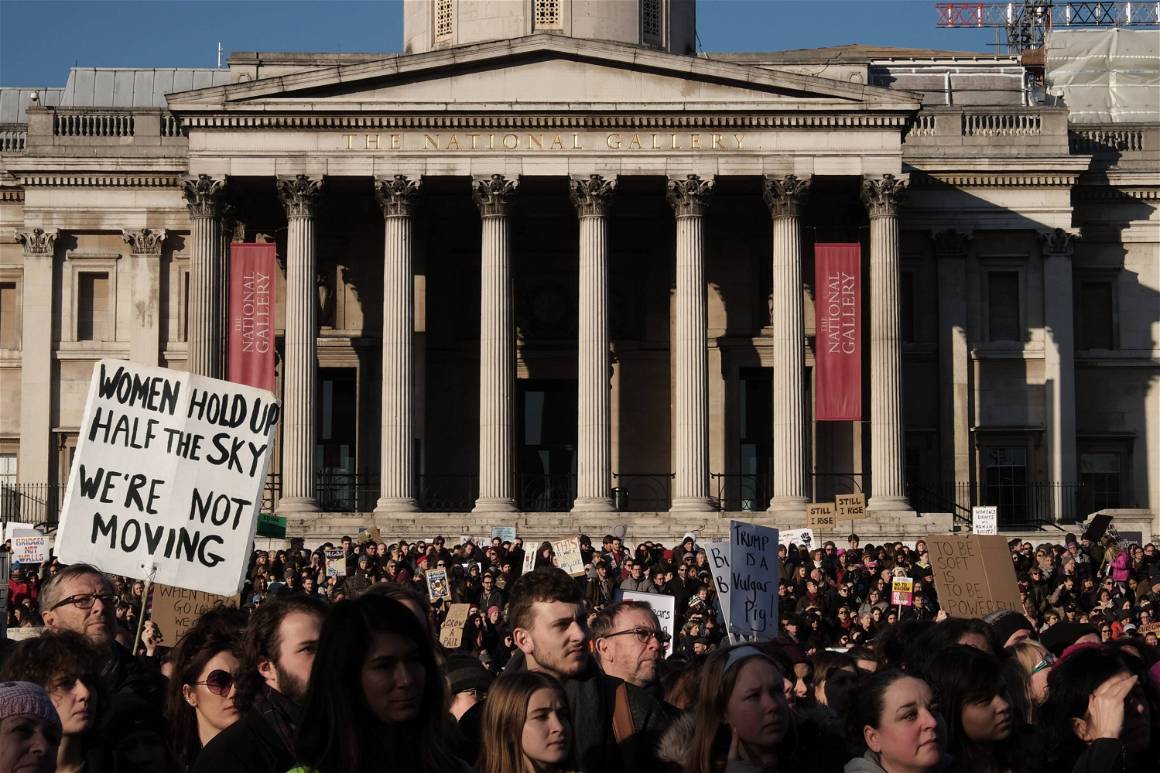

International Women’s Day is officially recognized on March 8, but one could argue that it came early in 2017. January 21st was the day after Donald Trump was inaugurated as the President of The United States, and not coincidentally, it was also the one day when women had the world’s attention.
It wasn’t only the biggest march in U.S. history, but accross the globe everyone from raging topless feminists, moderate liberals, to bandwagoners dressed in pink, took to the streets. Yes, it was theoretically a feminist march, but it was mainly a jab at Donald Trump and a way for those who opposed him to cope with his victory.
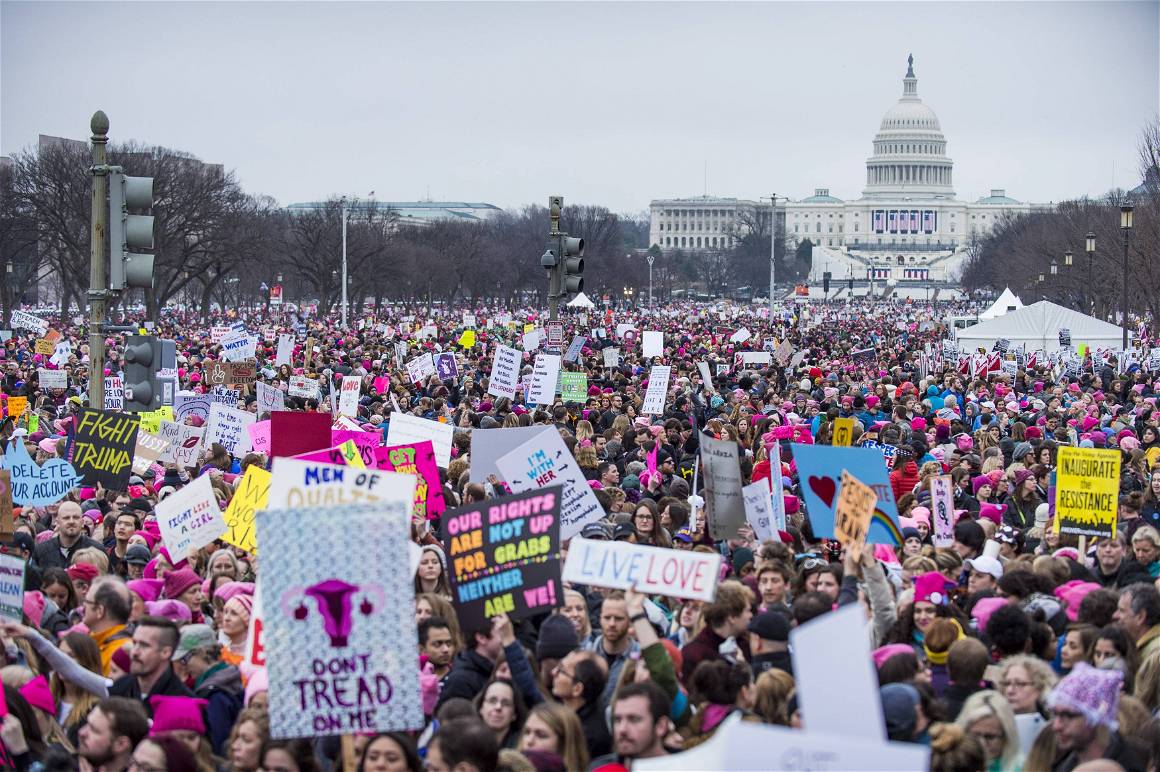
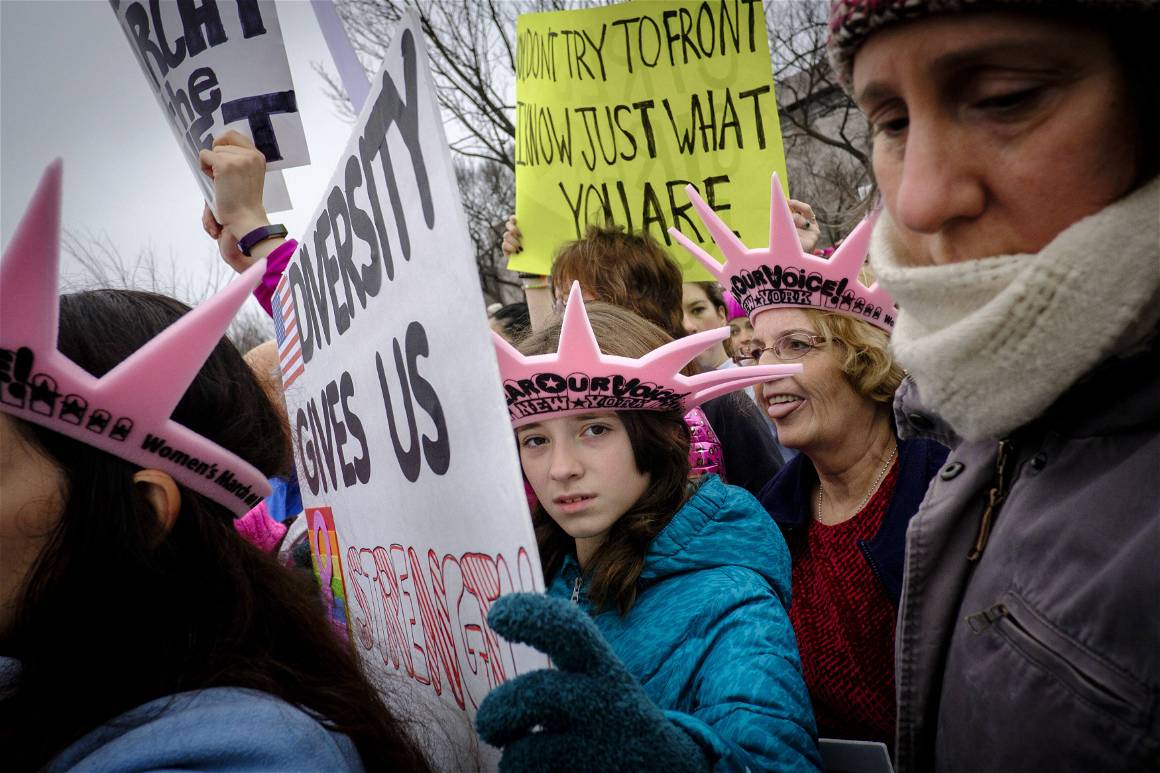
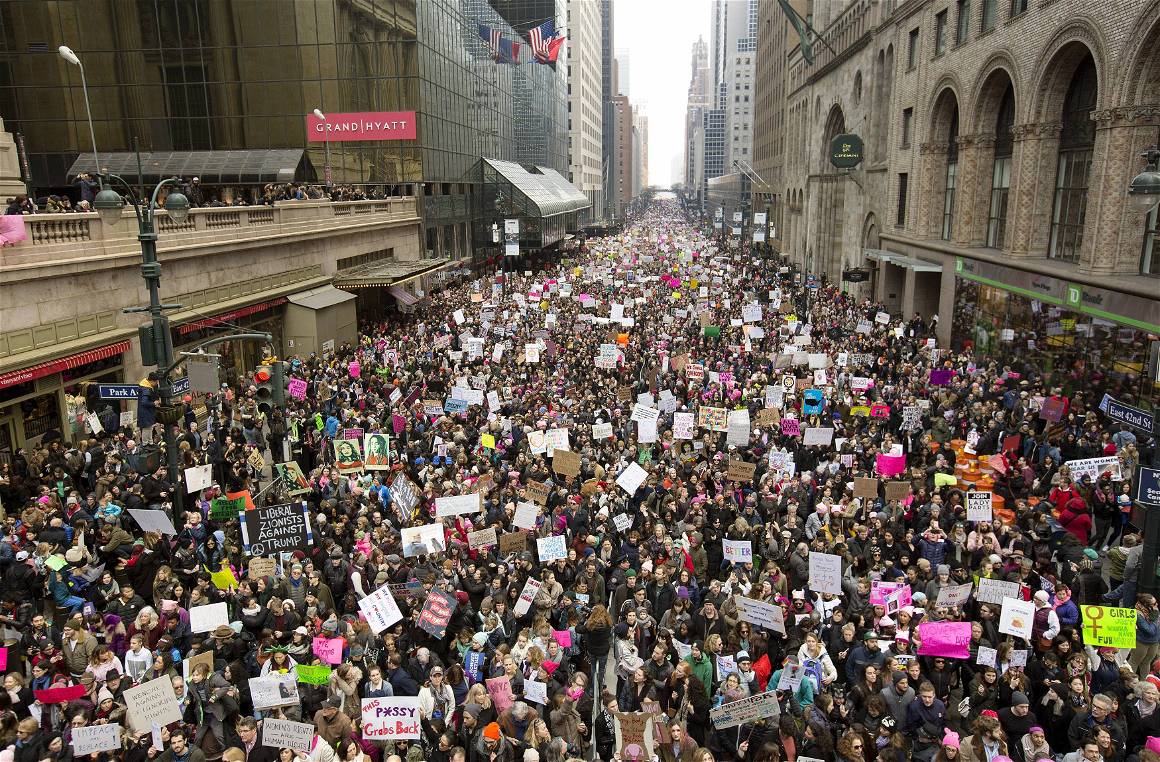
But aside from the lack of organization and clear message – disinviting anti-aboriton groups at the last minute, but continuing to pledge that ‘everyone is welcome’ for example – the march was criticized for its largely-white audience and the lack of intersectionality in its attendance and messages. There has been a massive racial divide since the beginning of the feminist movement in the West, something which the greatest Black feminist authors, historians and sociologists like Angela Davis, Bell Hooks and Alice Walker spent much of their careers highlighting. Although the 2017 Women’s March in Washington DC where it originated, had women of color such as Linda Sarsour, Tamika Mallory and Carmen Perey in the organization committee, the ripples of a racially-divided reputation within feminism were still glaring us in the face. Lesson number one: intersectionality.
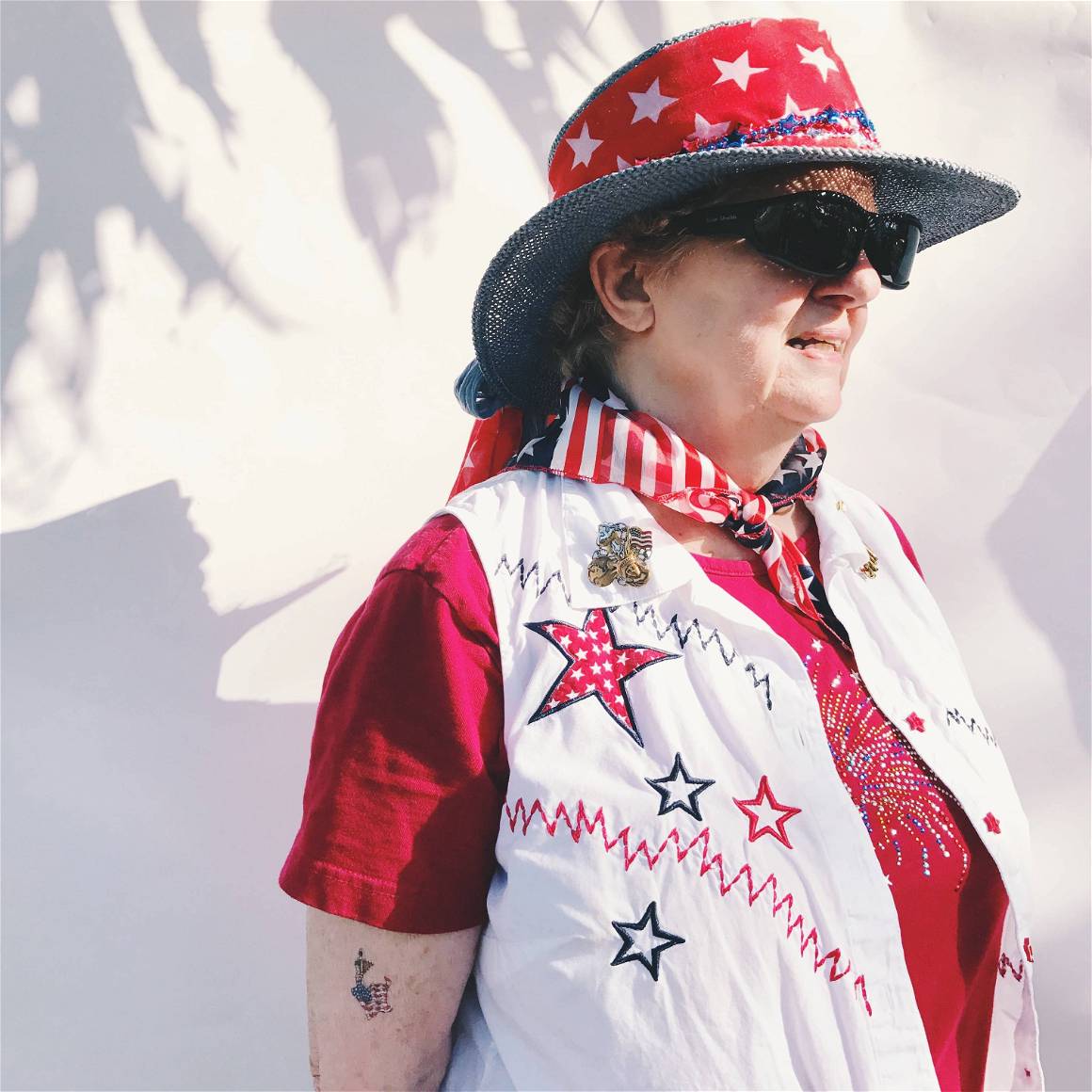
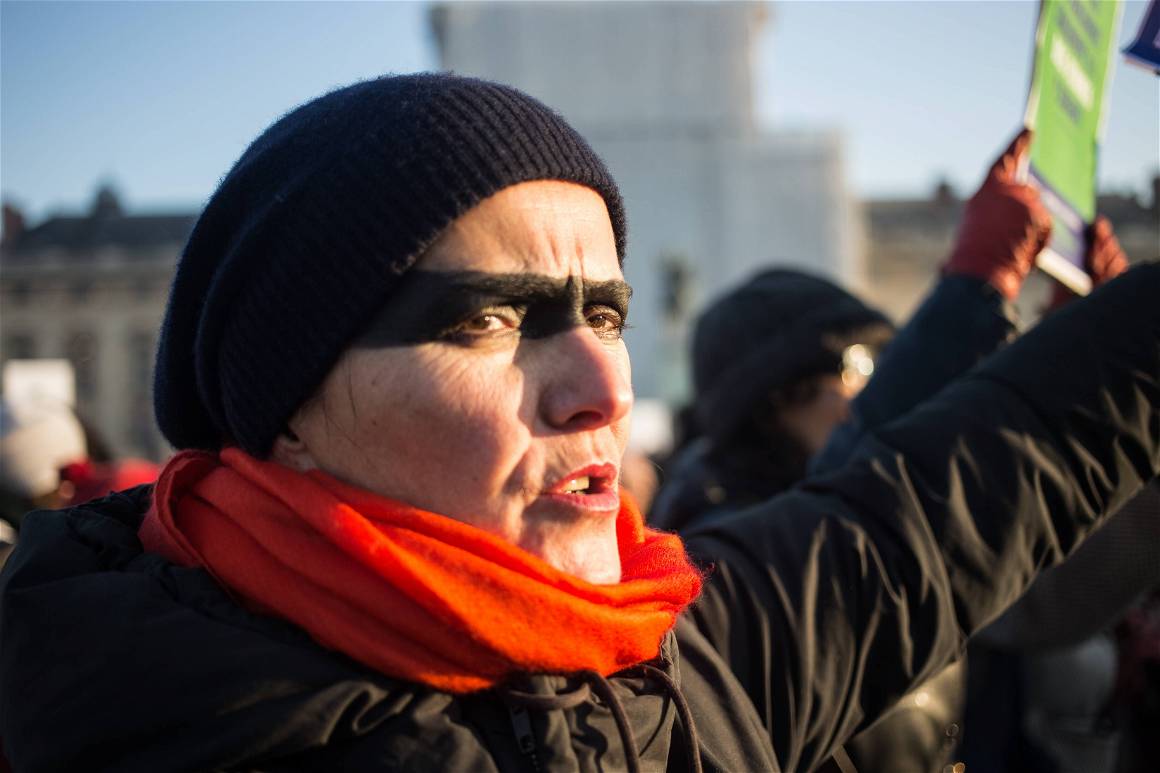
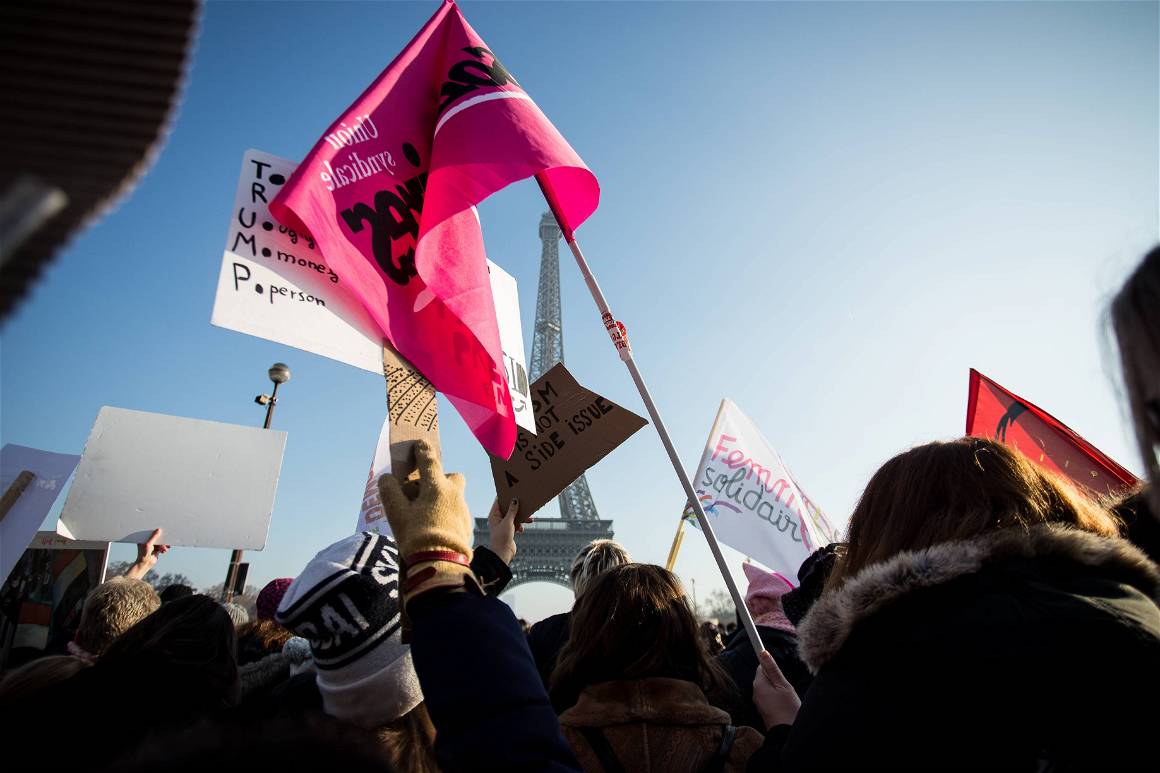
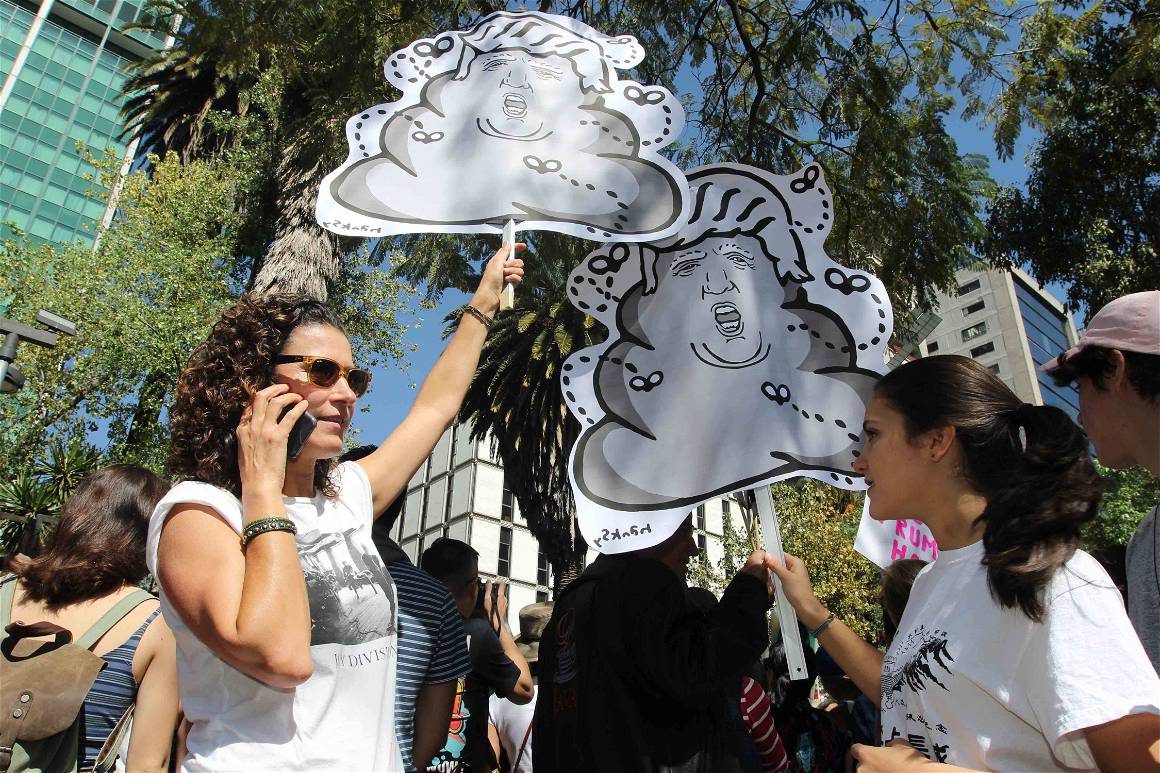
We also learned that vaguer, broader messages bring more numbers to protests because more people feel involved in some way, for better or worse. The Women’s March was so massive because mantras like ‘equality’ and ‘not my president’ were notions many people could get on board with, including those who normally would never attend a protest. The paradox of mainstream activism lacking a main focal point has continued: today we are seeing pro- and anti-NATO activists joining the same protests in solidarity with Ukraine, for example. While a vague message but high turnout should certainly not be grounds for dismissing a cause, the Women’s March did not see the same numbers worldwide in the years to follow, nor did polarization or gender-inequality necessarily decrease in its aftermath.
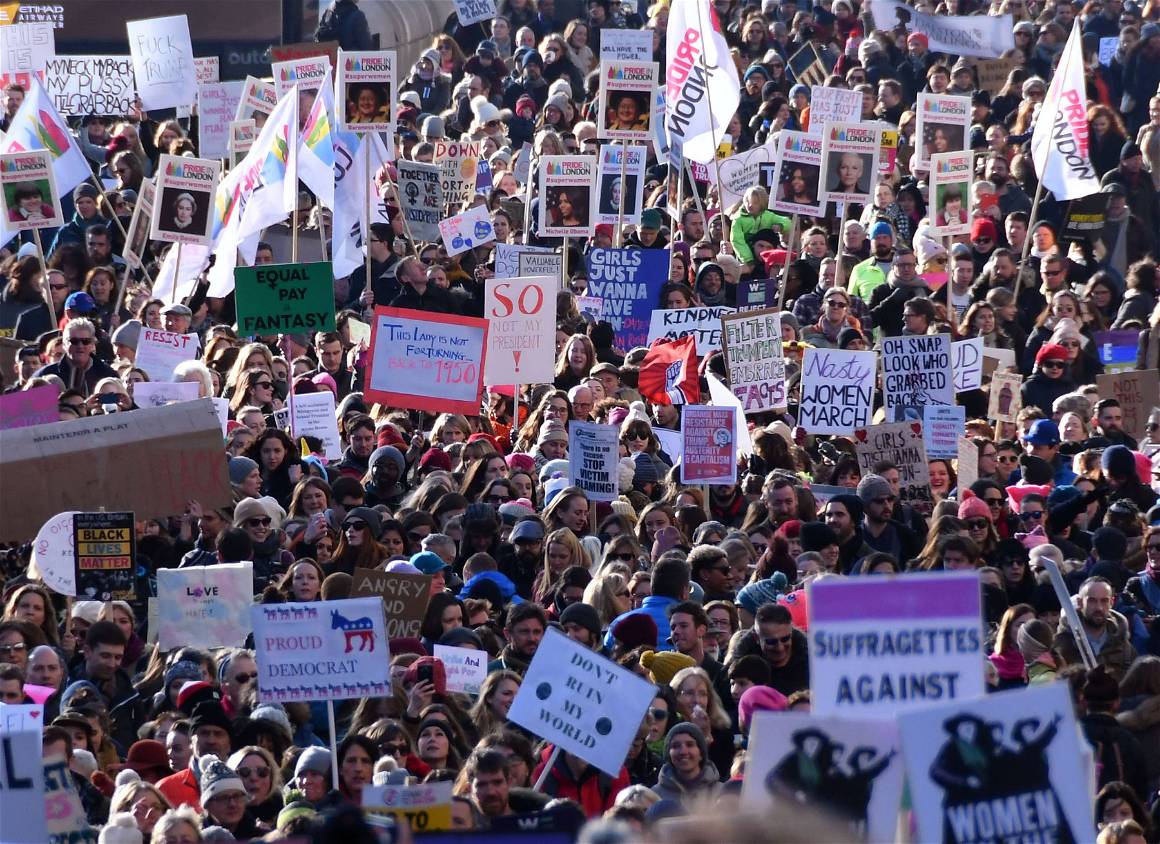
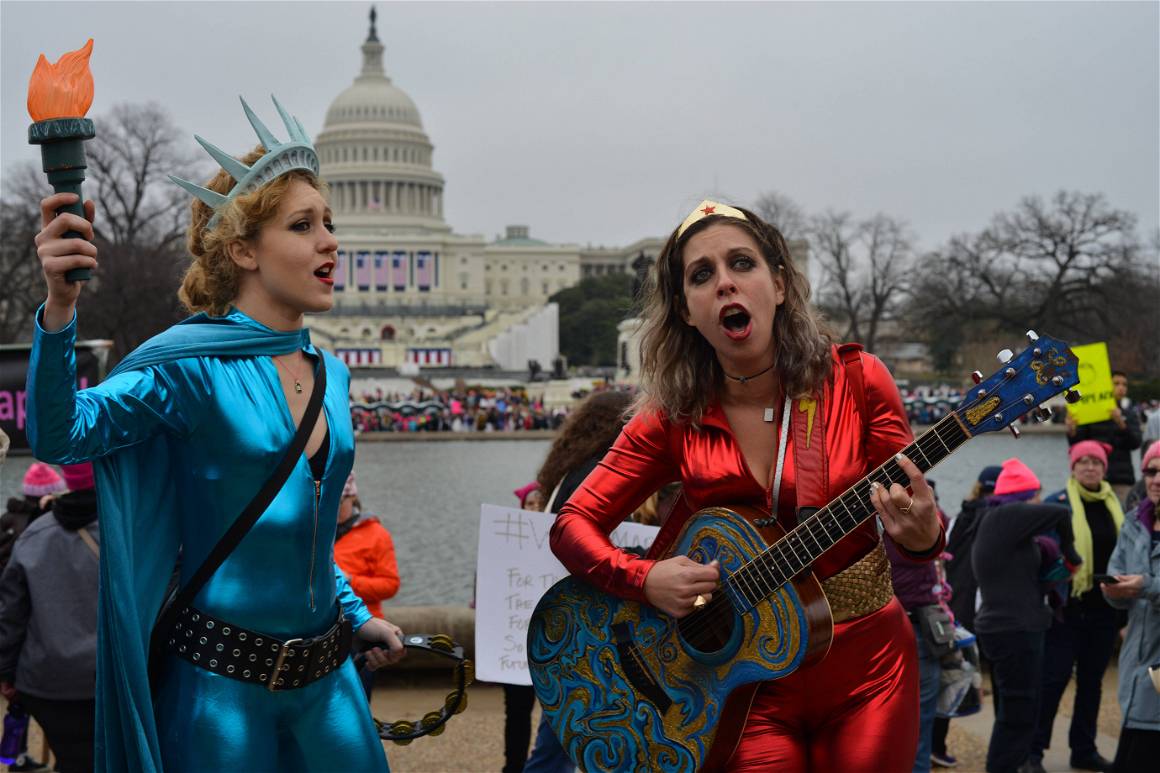
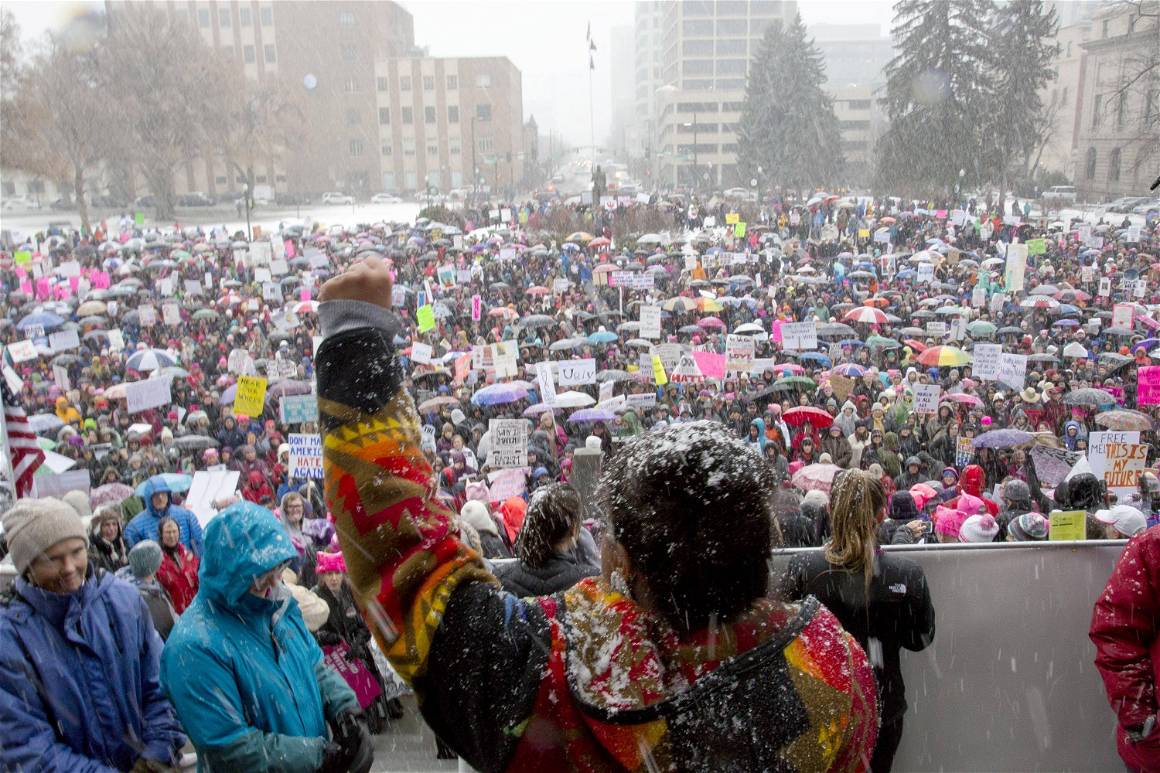
Aside from small grassroots initiatives, the truly tangible results of the 2017 Women’s March were seen rather in society’s relationship to activism, waking up a dormant beast. Activism arguably became trendy again, and those who never considered themselves activists were now holding hands in solidarity for a march that, although vague, still made history. It created both the concerning and optimistic sentiment that simply showing up is better than nothing, reducing perhaps the authenticity and integrity of a protest while still bringing huge numbers.


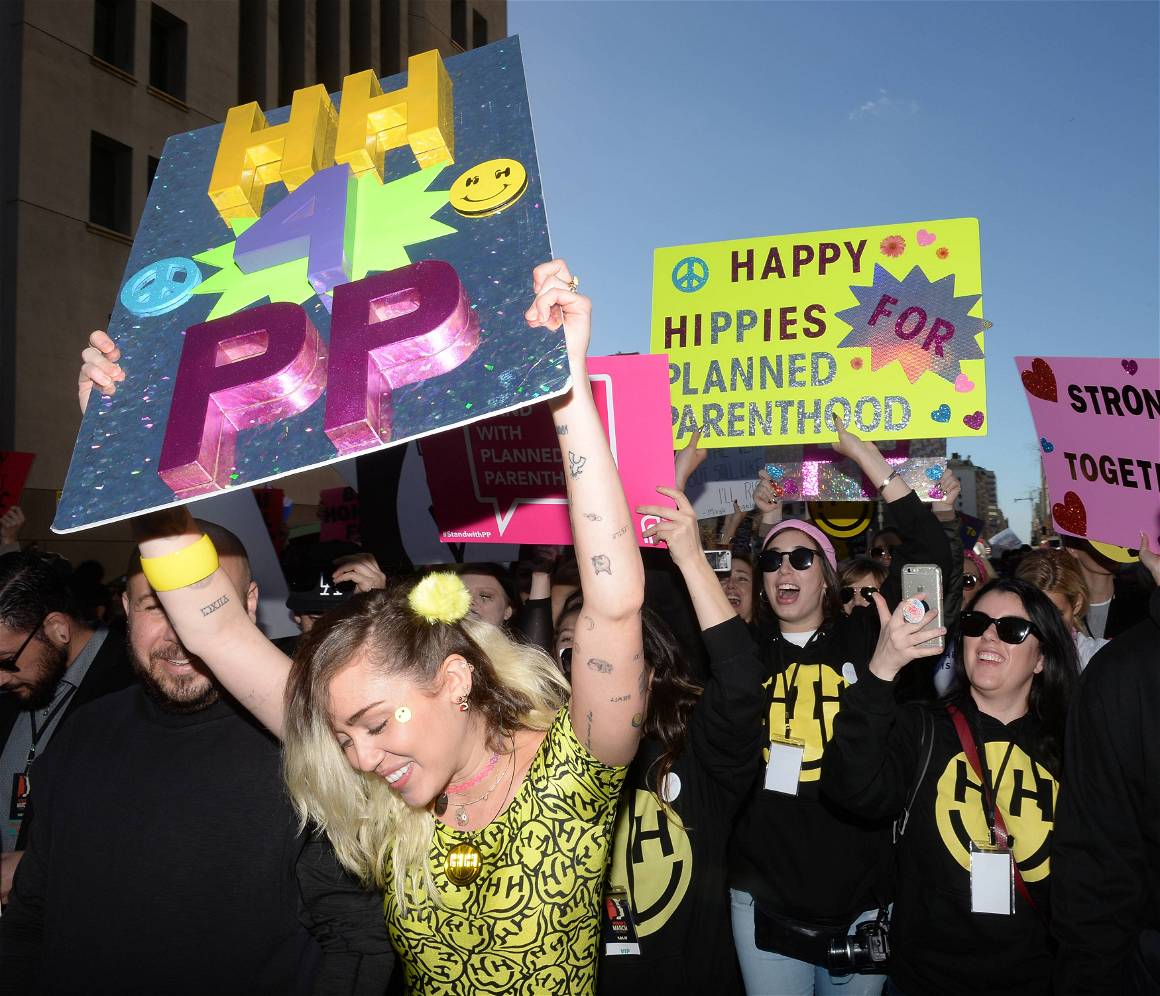
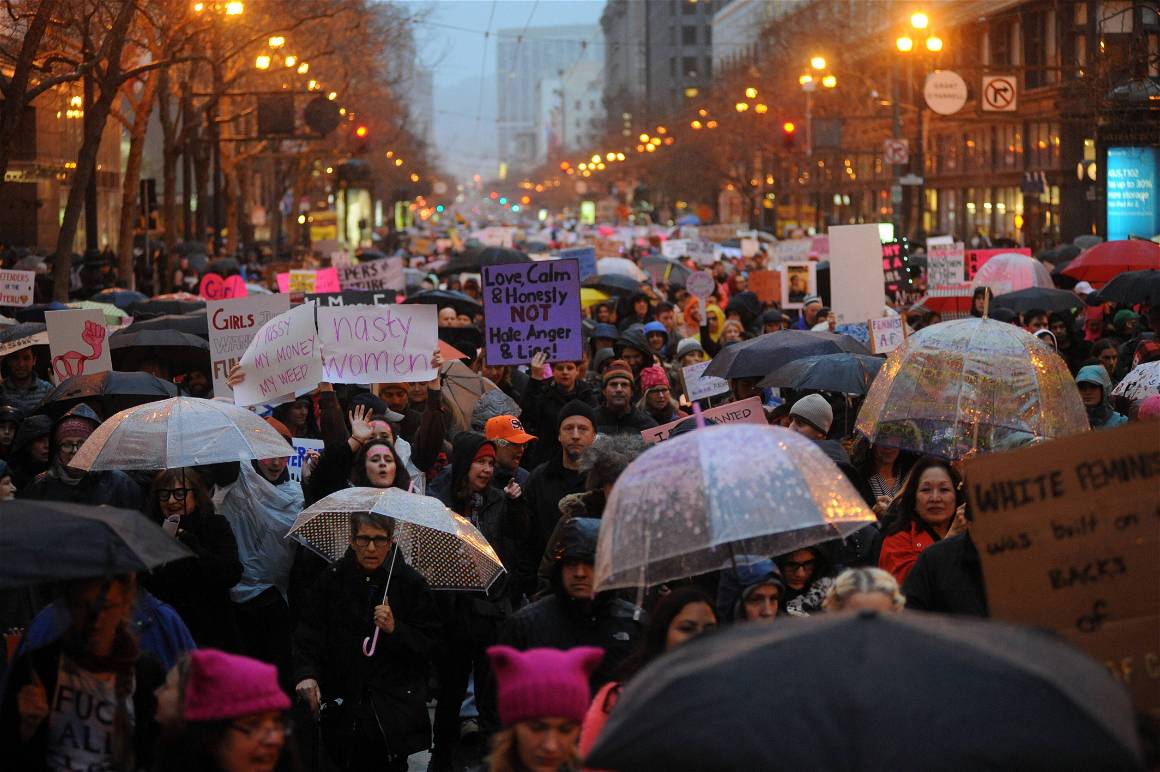
That movements show intersectionality, that messages and information are not muddy and conflicting, that people are mobilized for the right reasons and not just for the hashtags, is of course an uphill battle. While there will always be those who will never experience or grasp sexism, war, racism, or homophobia chanting blindly at a protest, the alternative is silence. If we learned anything from the 2017 Women’s March it is that solidarity is the least one can do, and if these marches achieve anything it is holding everyone – from the activist to the bystander – accountable in some way.

